What is transitional design? Everything you need to know about this timeless old-new look
Blending old and new is a guaranteed way to create a home that feels both classic and current, but how do you do transitional design?
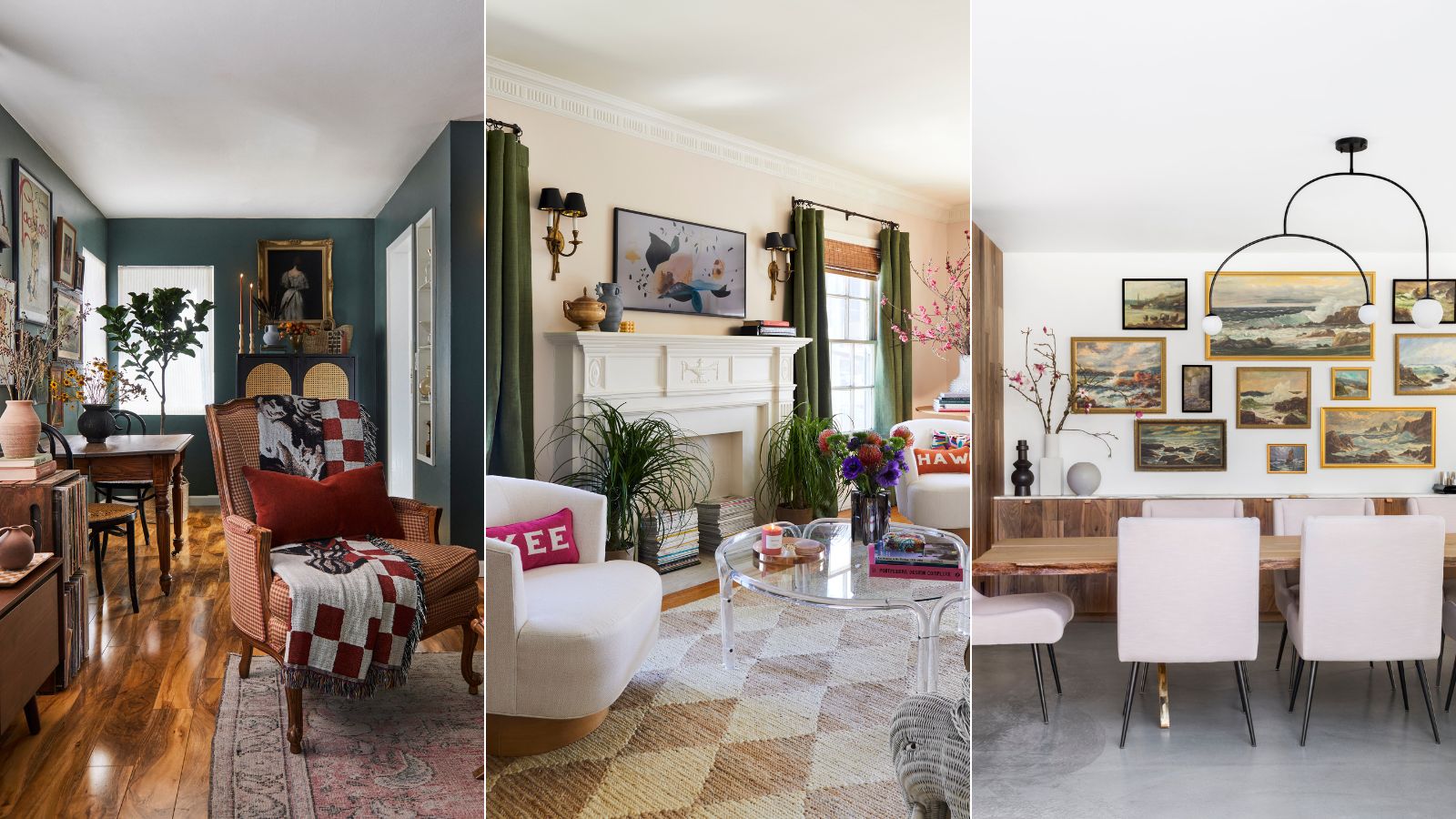

In the world of interior design, trends come and go so fast. Some stick around and become classic, and some are over in just a month. It can be tricky to know when to embrace a trend, and with all this newness constantly coming out, how to keep your home feeling both up-to-date and timeless. This is where transitional design comes in.
Transitional design, put simply, is the mixing of old and new, more traditional pieces with modern ones so what you get is a home that feels both classic and current. It's a look that doesn't appear overly curated and considered, but as with any seemingly very natural and effortless style, there is some planning that goes into the look to ensure you get it right. So we asked interior designers for their expertise - how do you do transitional style? How do you get the balance right in order to bring in new interior design trends and keep a more timeless feel?
What is transitional design?
'Transitional-style interiors are about artfully merging the gracefully aged feel of traditional decor with the sharp, fresh lines of modern design. This style synthesizes elements from different eras, creating an inviting atmosphere that harmoniously blends the past with the present. Antique pieces are carefully juxtaposed with sleek, more modern furniture, resulting in a visually balanced space that radiates both charm and sophistication.' explains design Kati Curtis.
Traditionally transitional style is about blending a more traditional aesthetic with modern pieces, however, the look has shifted slightly to be more about blending any styles to create a home that never dates. The risk with committing to one style, let's use farmhouse as an example, is that it might eventually look dated as it inevitably starts to fall out of fashion. However, if you mix farmhouse with a slightly more modern look, or tone down the style so it can be more of a backdrop for bringing in other looks, you have rooms that are far more adaptable and can handle ever-changing trends.
1. Start with a neutral scheme
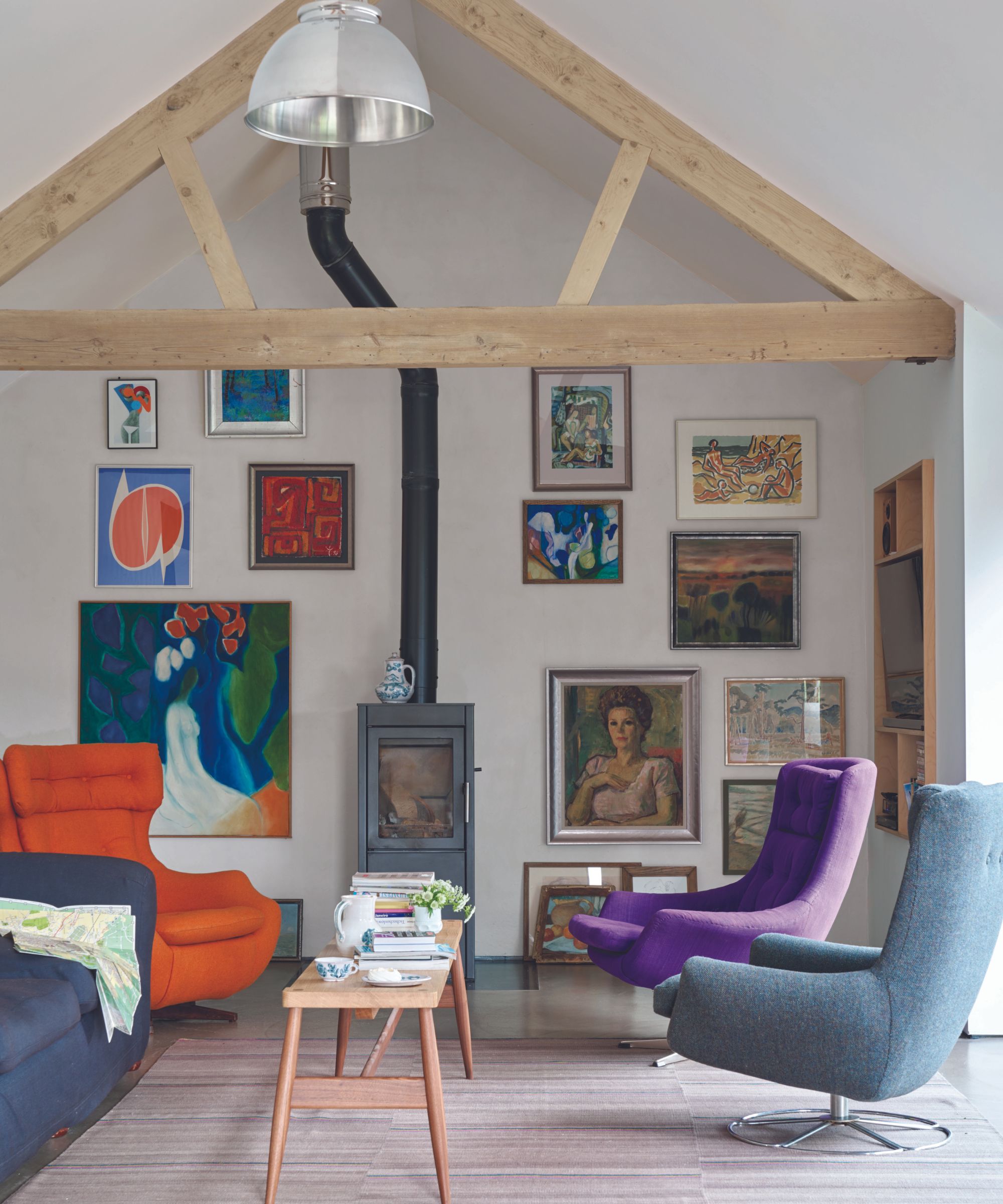
Not all transitional designs are neutral, however, the look does tend to work better with a neutral color scheme. It gives you a simple backdrop to layer and blend looks, preventing the space from feeling visually overwhelming. And neutral colors just lend themselves more easily to more styles so you can focus on what pieces and eras you want to bring together without thinking too much about how it will all work with a certain scheme.
But neutral needn't mean bland, transitional style is so much about the shapes and textures that it's usually the furniture and the decor that adds in all the interest and the depth. And go tonal with your palette, layer up neutrals like creams, beiges, soft grays, and even darker shades like browns and warmer charcoals if you want some contrast. This works particularly well in a transitional bathroom.
2. Decide how you are going to balance your styles
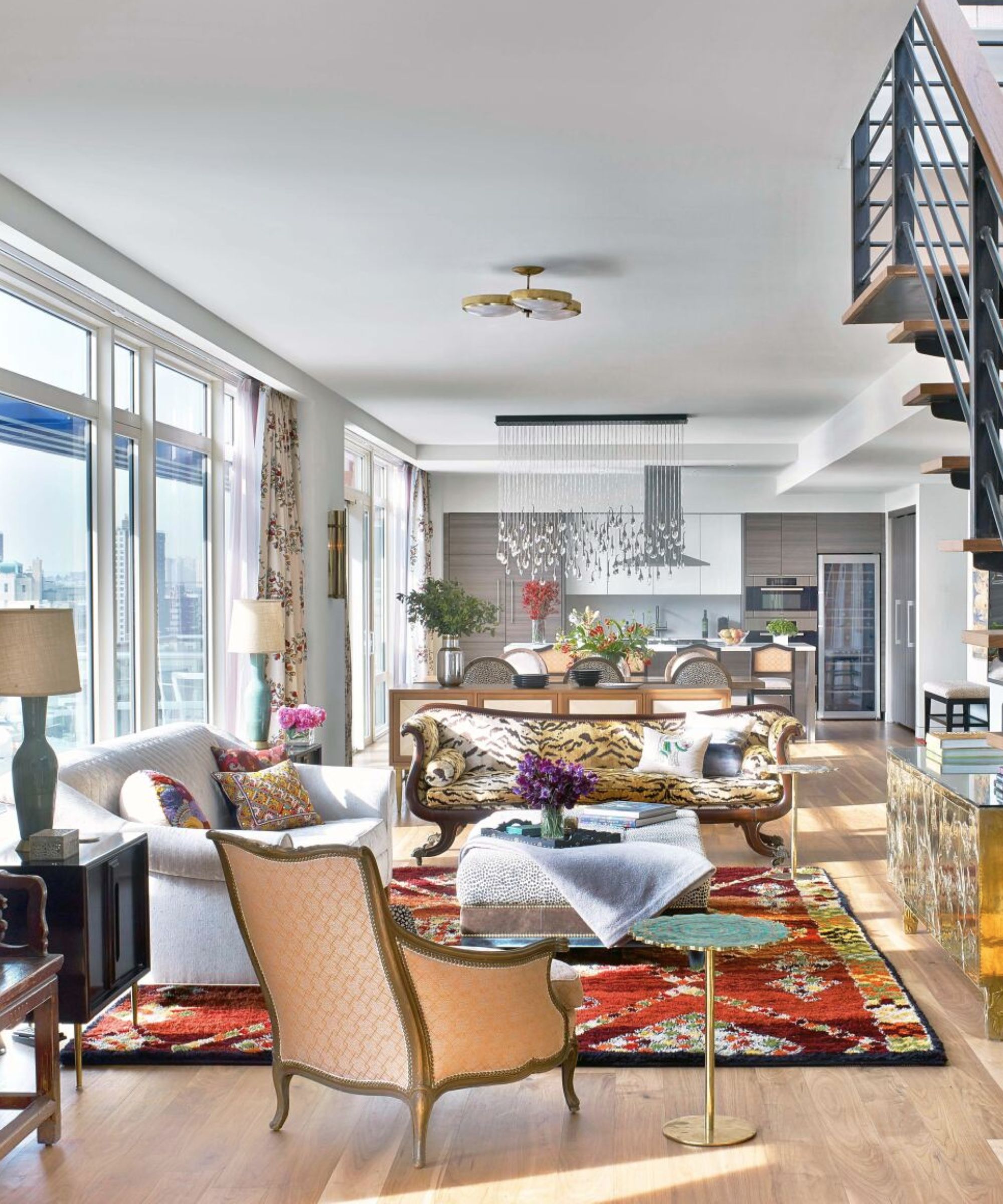
Transitional style looks effortless, you really want it to appear very unplanned and not too thought out. However, to achieve this look you want to first consider how you are going to balance old with new or whatever styles you are blending since you don't want one to clearly dominate but you also don't want your space to become too much of a melting pot of styles.
Design expertise in your inbox – from inspiring decorating ideas and beautiful celebrity homes to practical gardening advice and shopping round-ups.
'Transitional interior design is one of my favorite motifs and there are so many ways to combine different styles to great effect. Transitional design works best if you decide to combine either contrasting interior design styles, or styles that are quite similar to begin with; both options offer a different point of view, but think of it like deciding between a contrasting color scheme or a complimentary one.' explains designer Kathy Kuo. 'From there, it's all about balance. You may want to have all your large anchor furniture fall under one style, and then weave the second style in through wall art, decorative accents, and rugs.'

Kathy Kuo is a celebrated interior designer and international guru within the home and lifestyle space. She has 20+ years of experience in the design industry.
3. Create some consistency
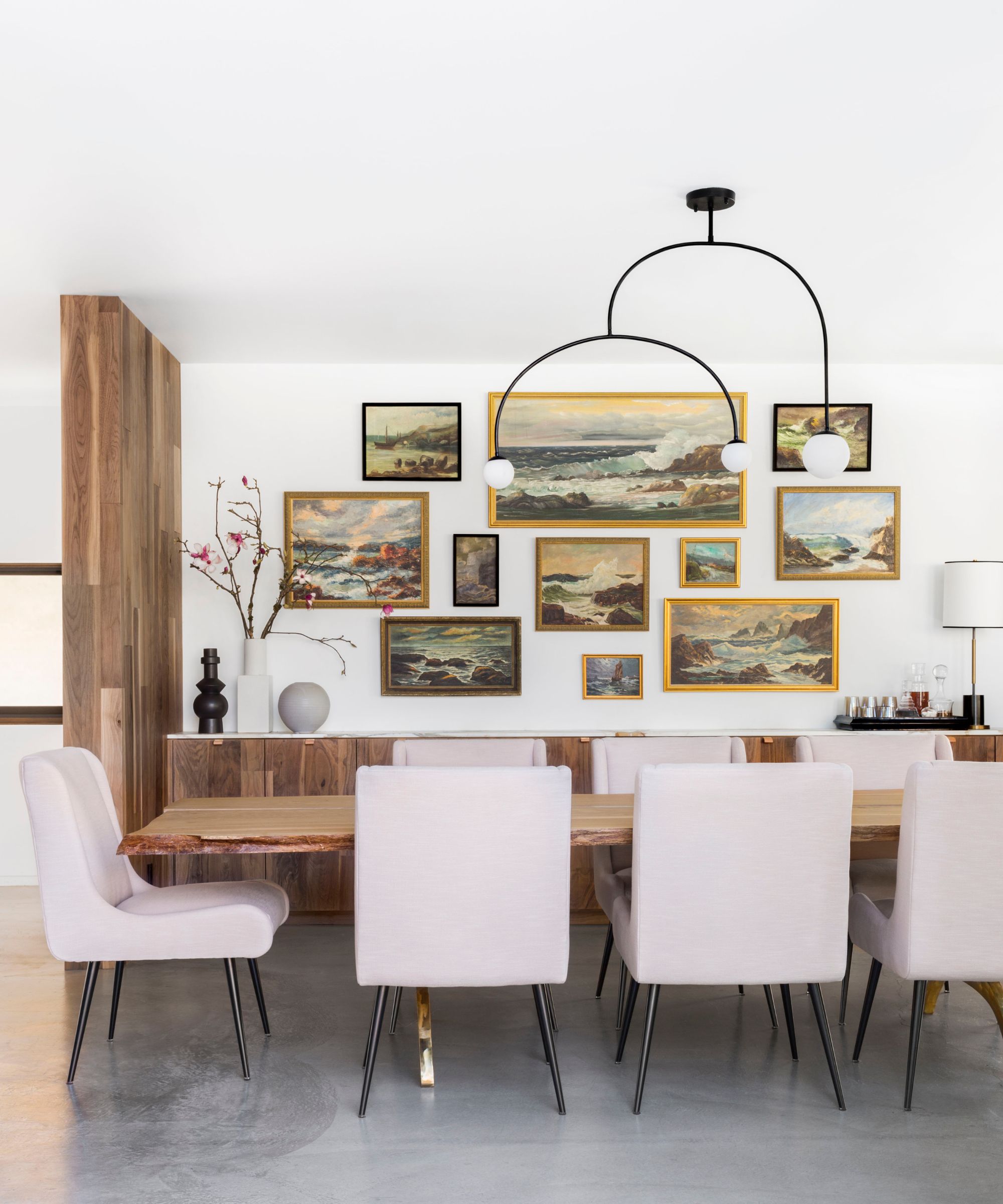
Again, it's about balance. You want transitional decor to look unconsidered, yet you don't want it to look chaotic so in order to avoid that decide on a cohesive element - a color, a material, a shape.
As Emily Henderson explains, 'As long as you decide on a color palette and pick pieces that have similar materials like leather and complementary woods, you can blend as many styles as you’d like. It really comes down to your eye and what you like after that.'
'To decorate your home in a transitional style, without it feeling like a hodge-podge, you need to be selective about what makes the cut and stick to a strict color palette,' adds Bethany Adams. 'A modern light fixture with a vintage rug is a good place to start. Layer in some mid-century pieces - chairs are especially fun in this era - and some newly bought items like a sofa and drapery panels.'
'You could add flea market oil paintings to the walls, or monumental modern pieces bought at auction and have fun with interesting objet d'art. As long as everything above references a single palette (either from the rug or the art), it will work. The great thing about transitional style is there's no one way to do it. Just have fun, mix it up, and then mix it up again!'

Bethany Adams is an interior designer, a member of ASID (American society of Interior Designers), AIA (American Institute of Architects), and a certified interior designer with the Kentucky Board of Architecture. Bethany holds a B.F.A.. in interior design from Harrington College of Design in addition to a B.A. she earned from Georgetown University.
4. But also add in plenty of contrasting shapes and styles

'Mixing furniture trends from different periods is what gives a space of real character and depth. I always try to go for opposites - for example, combining something contemporary with traditional, juxtaposing linear and curvy forms and blending shiny and worn surfaces. There should be a nice balance of color and form in a way that doesn't feel chaotic or overwhelming. 'When there are too many trendy pieces in a space it quickly looks dated and uninspired, so I always try to add enough things to make it quirky and more personal.' advises Julia Sobrepeña King, principal designer at Studio Roene.
So you have the neutral backdrop, the idea of what kind of balance you are after, the thread of cohesion and now it's about creating the mix of styles - what transitional decor is all about. How you want to go about this will depend on your style and the space, you might want to go modern with the furniture, trad with the decor, or vice versa or have a mix of both.
'Introduce traditional touches, such as ornate moldings, vintage rugs, and classic or antique furniture, ensuring a balance with modern components such as more streamlined elements and contemporary artwork,' adds Kati. 'Add textural touches like accent pillows, and cozy throws to bring warmth and comfort into the space. Remember, each home is a unique canvas, so adapt these guidelines to align with your personal aesthetic and the architectural characteristics of your house.'
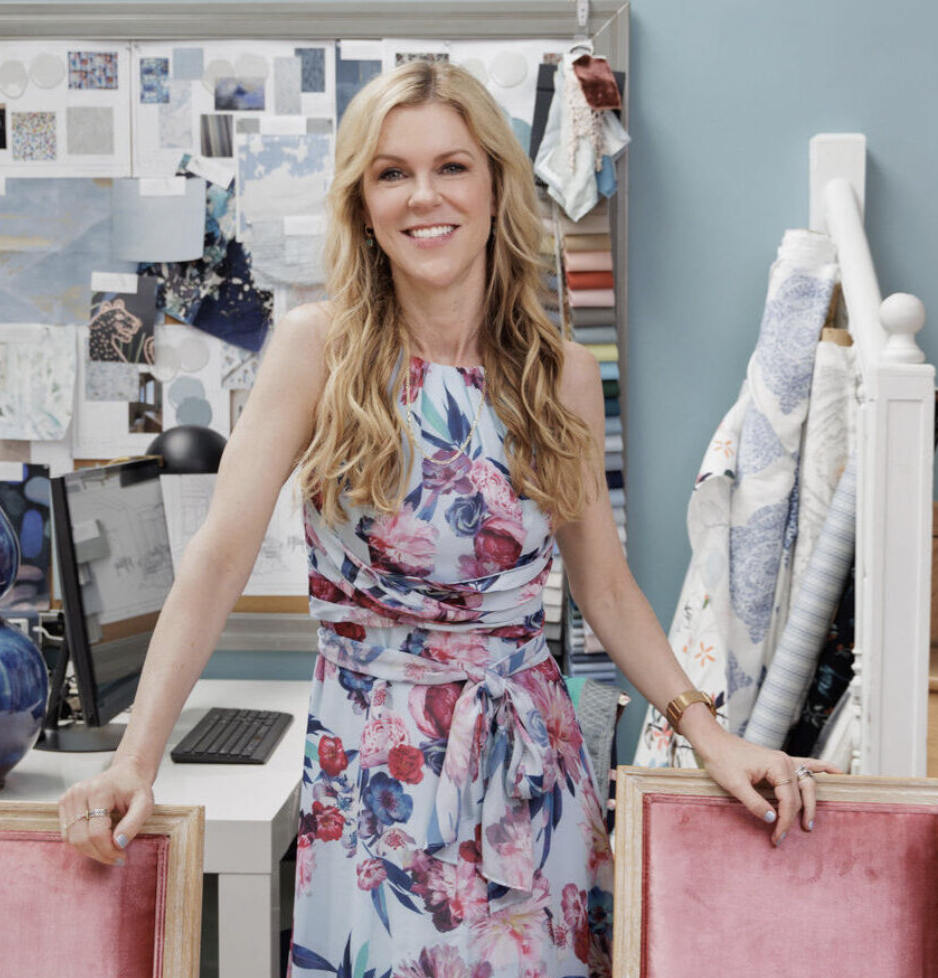
Kati Curtis is the founder of Kati Curtis Design, an design firm based in New York City specializing in classic design with a global influence. Kati founded the studio in 2005 after 12 years of working with international architecture and engineering firms.
5. Don't worry about everything 'working'

'When it comes to transitional style, I try not to be too bound by strict rules of what goes with what,' adds Julia. 'Embracing your intuition and incorporating items that resonate with you, even if they don't perfectly match with everything else in the room, is often what gives the space a bit of soul.'
Essentially, don't be too concerned with everything looking perfect, transitional style is about things not quite matching, juxtaposing styles and eras, and ending up with something that leans into both on-trend styles and timeless looks.
There's definitely some trial and error when it comes to getting this look right, but transitional style is meant to always look slightly different and really there's no right way to do it. The best approach is to decorate your home with pieces you love, whatever style or era they might be from, and bring them together to create a home that's effortlessly timeless because it's led by a person's tastes, not trends.

I am the Head of Interiors at Homes & Gardens. I started off in the world of journalism in fashion and luxury travel and then landed my first interiors role at Real Homes and have been in the world of interior design ever since. Prior to my role at H&G I was the digital editor at Livingetc, from which I took a sabbatical to travel in my self-converted van (not as glamorous as decorating a home, but very satisfying). A year later, and with lots of technical DIY lessons learned I am back to writing and editing, sometimes even from the comfort of my home on wheels.